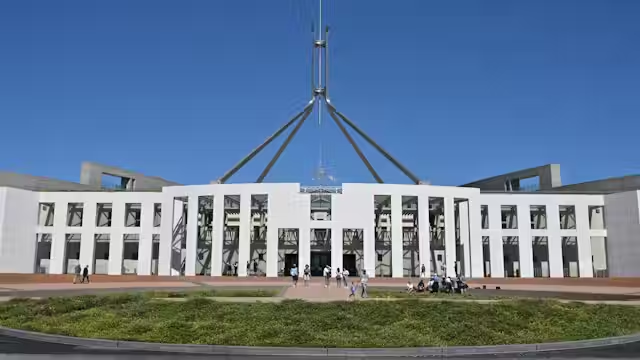Labor Falls Short as One Nation Surges in Final Count
The NSW Senate election 2025 stunned political observers when One Nation gained a Senate seat, narrowly defeating Labor’s third candidate in the final preference distribution. Many analysts had forecast Labor would take three of the six available spots. However, One Nation surged ahead, shifting the balance to two Labor, two Coalition, one Greens, and one One Nation.
This unexpected win marks a Senate gain from the Coalition to One Nation. Although technically not a Labor loss, it represents a growing shift in voter alignment. On May 3, voters decided six Senate positions per state, shaping Australia’s upper house until 2031.
Understanding Senate Voting and Preference Flows
Australia’s Senate system uses proportional representation, where preference flows can change the game. With only six seats up for grabs in each state, candidates must secure 14.3% of the total vote (one quota) to win a seat. This system often benefits smaller parties when preferences from eliminated candidates are redistributed.
In New South Wales, Labor received 2.63 quotas, the Coalition 2.06, the Greens 0.78, and One Nation 0.42. Other minor parties—including Legalise Cannabis, Libertarians, and Family First—won less than a quarter quota each. Ultimately, One Nation edged Labor’s third candidate 0.89 to 0.87 quotas after all preferences were tallied.
Fractured Left Vote Benefits One Nation
Labor’s failure to win a third seat came down to fractured preference flows on the left. The Greens didn’t secure a full quota early and absorbed many progressive preferences that might otherwise have boosted Labor. Meanwhile, conservative preferences consolidated, pushing One Nation’s candidate past the finish line.
Despite the Greens securing their seat late in the count, their small surplus was not enough to lift Labor. This result highlights the unpredictability of the Australian Senate preference distribution system, especially when the vote is tightly contested between left and right blocs.
Senate Results Across Other States
Nationally, the outcome is just as revealing. Labor secured 16 Senate seats (+3), the Coalition 13 (–5), the Greens six (unchanged), One Nation three (+2), and Jacqui Lambie Network and David Pocock retained one each. Labor suffered Senate setbacks in NSW and WA, despite stronger showings in Victoria, SA, and Tasmania.
In WA, One Nation again overtook Labor’s third candidate, with final quotas sitting at 0.90 (One Nation) to 0.86 (Labor). Liberal preferences flowed strongly to One Nation, while Legalise Cannabis did not help Labor as much as expected. In Queensland, the Greens and One Nation both passed the quota line, keeping Gerard Rennick and others out.
Final Senate Composition and Power Dynamics
The new Senate now stands at: Labor 28 seats, Coalition 27, Greens 11, One Nation 4, and six crossbenchers. With 39 votes needed to pass legislation, Labor cannot govern without either the Greens or Coalition. Notably, defections by Fatima Payman and Lidia Thorpe have reshaped internal Senate alliances.
The broader left bloc still holds a narrow edge, with 42 votes to the right’s 32, leaving Jacqui Lambie Network and UAP’s Victorian senator as key wildcards. However, future elections may tip this balance if current trends continue or reverse.
Minor Parties, Preferences, and 2028 Projections
Nationwide, Labor’s Senate vote rose to 35.1% (+5%), the Coalition dropped to 29.9%, the Greens to 11.7%, and One Nation increased to 5.7%. Legalise Cannabis also grew to 3.5%. Interestingly, Labor’s Senate vote exceeded its House result—possibly due to the absence of Teal independents, who don’t typically run for the Senate.
The Australian Senate preference distribution system tends to reward major blocs over true independents. While Labor and the Greens remain overrepresented by quota, minor parties are still crucial in shaping Senate outcomes. The growing strength of One Nation in NSW and WA shows how preference deals and right-wing consolidation can surprise even seasoned analysts.
Looking ahead, the 2028 Senate election will be critical. If the left loses four seats, control could swing back. However, unless a double dissolution is called, the current structure will likely remain a thorn for conservative agendas through the rest of the decade.







